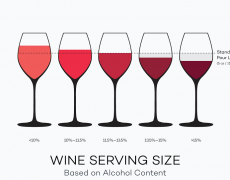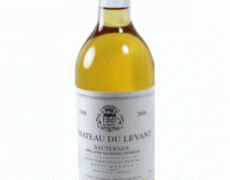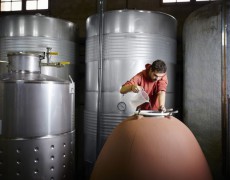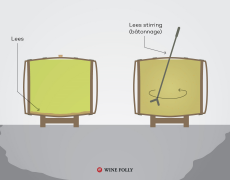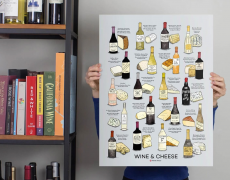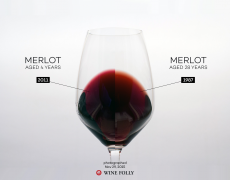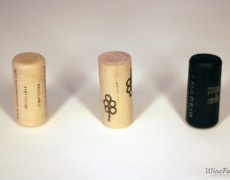If you're a fan of a chilled glass of wine on a Spanish terrace, or if you're a wine connoisseur, there are tons of wine tastings throughout Spain all year long. Spain has a wide variety of wineries that produce some of the best wines in the world and it's a huge part of the culture.

Here we've prepared a starter's guide on how to taste wine and included some of the most important vocabulary in Spanish. Get your glass filled and your taste buds at the ready!
When tasting wine, there are some basic steps through the senses that you will need to follow when tasting wines and identifying flavours and varieties:
Step 1: Sight
Look at the wine. What colour is it? What is its consistency?
Step 2: Smell
Without moving the glass, smell the wine and try to identify predominant scents. Then, after swirling the wine so it gets into contact with oxygen (not in the case of cava!), smell it again. See what smells are released as it's moved.
Step 3: Taste
This is what we've all been waiting for! Swish the wine around the top and sides of your mouth and let air into your mouth too. You should identify the flavours and smells that you notice during this phase of the tasting.
Whether you drink the wine or spit it out, you should be able to identify certain things about the wine you are drinking. But can you explain them in Spanish? Here we give you 20 essential terms that you can use to describe wine:
- Ácido o Agresivo: Predominance of an acidic taste due to the natural acids of the fruit.
- Afrutado: This is normal in young wine where the fruitiness of the grape remains.
- Amable: Easy to drink.
Example: El vino que probaremos tiene un toque afrutado y amable. (The wine we tasted has touches of fruit and is easy-to-drink.)

A vineyard in Catalonia.
- Brillante: Wines that appear sparkling clear.
- Carnoso: It has a smooth, round texture.
- Corto: Wine that leaves no lasting impression on the palate.
Example: Los vinos blancos suelen ser brillantes y cortos. (White wines are usually clear and short)
- Delicado: Light, fine and elegant, without being a great wine.
- Espirituoso: Aromatic and alcoholic.
- Fatigado: Wine that has lost qualities (usually rest wines that are past their best).
- Generoso: With a good proportion of alcohol.
Example: Se nota que es un vino generoso y espirituso por la cantidad de alcohol. (It is noted that it is a generous and full-bodied wine for the amount of alcohol.)

Spain has some really great wines.
- Hueco: Without body, without the right flavor, short in the mouth.
- Ligero: Wine with low alcohol content.
- Manchado: White wine of slightly pink color.
Example: Sirvieron varias botellas de vino hueco y ligero para acompañar el pescado. (They served several bottles of hollow and light wine with the fish.)
- Pastoso: Sweet and fruity white wine.
- Picado: A wine that is corked (going bad).
- Redondo: Flexible, fruity, and produces a sensation of freshness; ready to drink!
Example: No me gusta el vino pastoso, prefiero los vinos redondos que dejan sensación fresca. (I do not like doughy wine, I prefer round wines that leave a fresh sensation.)
- Sedoso: Velvety white wine
- Tierno: Young, light, easy to drink.
- Tranquilo: Non-sparkling wine.
- Vegetal: With vegetable aroma (straw, grass, hay, brush).

